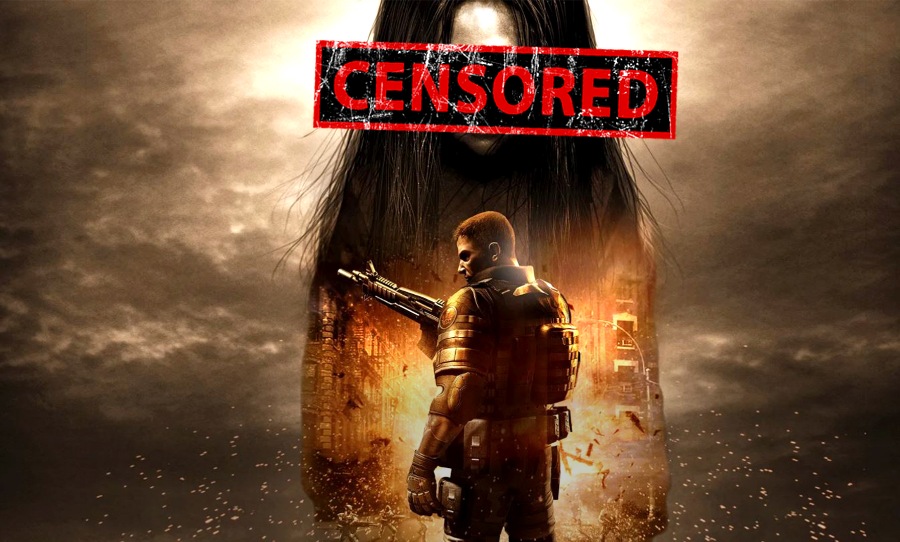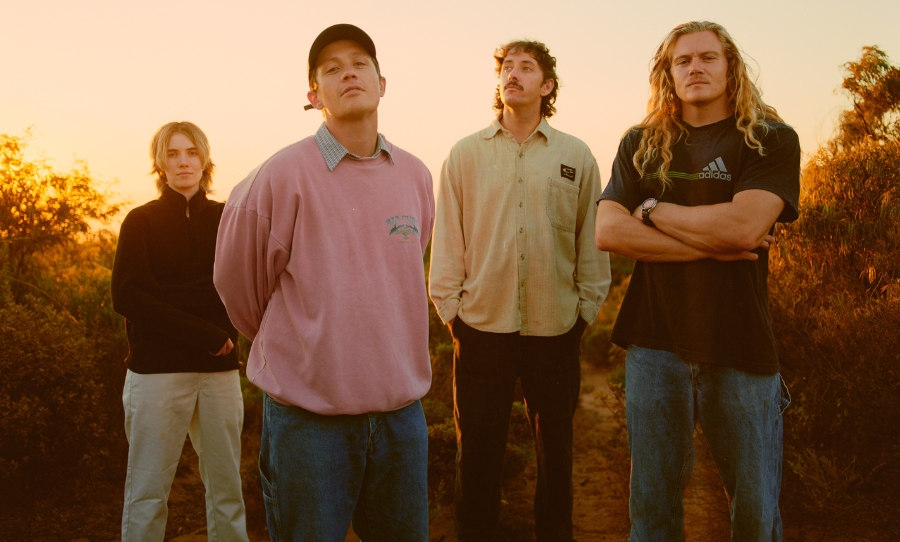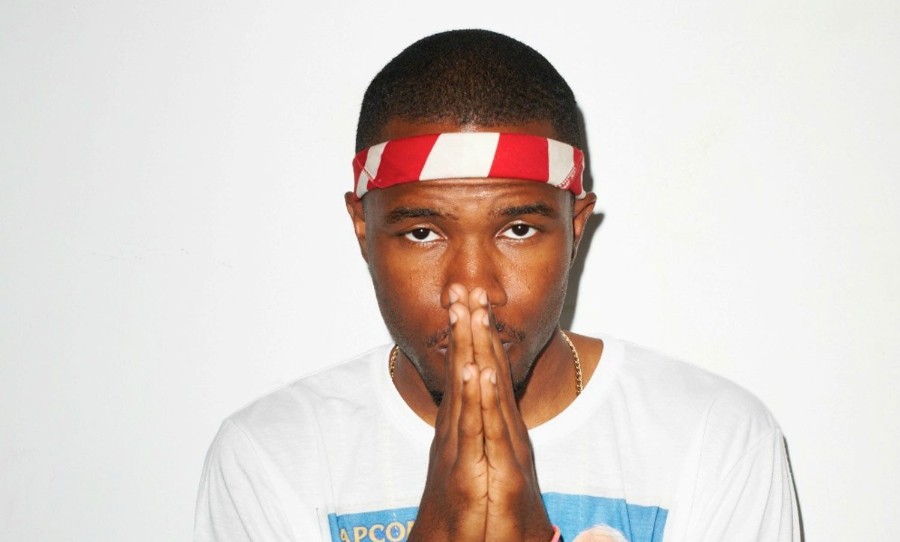You might not know this, but there was a time before R18+ classifications existed! Let’s look at the top 10 video games once banned in Australia.
For decades, the difference between media classifications has been a heated battle between developers, publishers, and government officials.
It’s a problematic aspect of entertainment to argue as many elements can be subjective; what one finds too gory or explicit will be accepted by another as part of the medium that they’re deciding to ingest.
This is especially true of video games, as there seems to be a heightened level of critiquing that goes into classifying what should and shouldn’t be allowed.
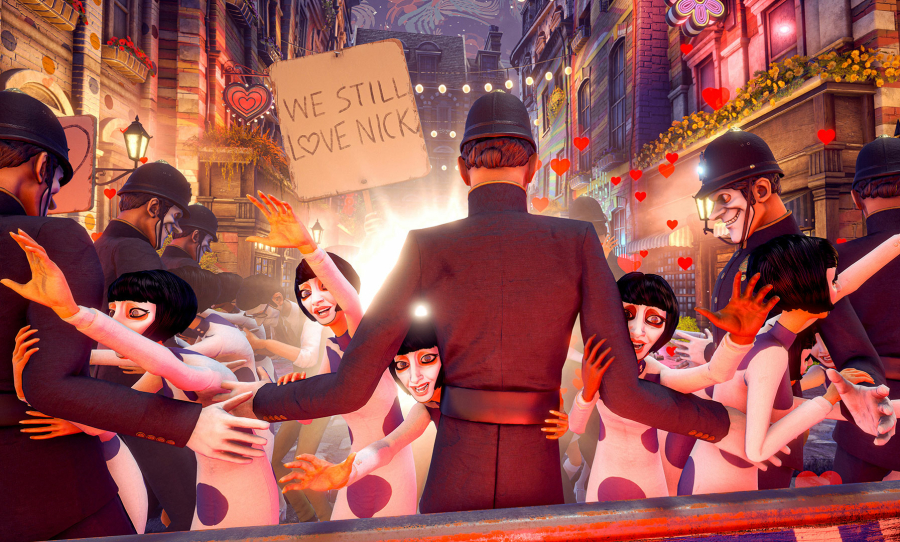
When enjoying a movie, you’re simply enjoying the content passively; when you’re playing a video game, however, you’re the one who is participating or enacting the elements that some might find too explicit.
This is a point that many argue in Australia, especially seeing as that there was once a time when an R18+ classification didn’t exist. This was the case until January 1st, 2013.
Still, ever since allowing such a classification to live in Australia, there have been some instances in which The Australian Classifications Board (ACB) initially rejected games for classification.
We’re covering them all in this article, so let’s dive into the gore and horror.
10. DayZ
This is a bit of a weird one. So the alpha of DayZ was released back in 2013 and sold over 170,000 copies in the first 24 hours, and for the first couple of weeks, the reviews were mixed.
The game’s popularity continued to grow, selling over two million copies in 6 months up to over 4 million copies in the next two years until it had fully released.
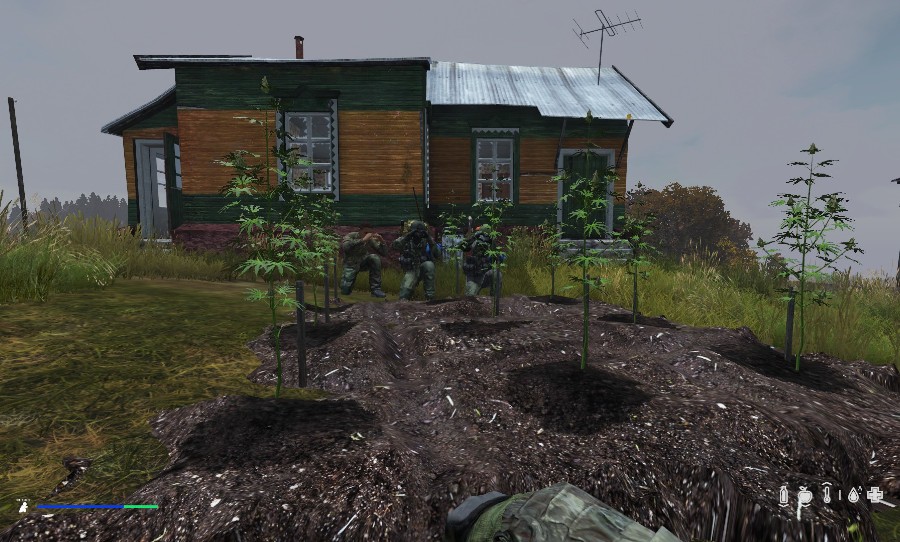
The game was briefly banned on PS4 due to “illicit or prescribed drug use related to incentives or rewards”. Put simply, the game rewarded you for taking drugs, or at least this is how the ACB saw it.
This was all because there was an option to restore health from smoking a joint. This option was not officially in-game, and it was only available via community-made mods.
The ban was lifted after the joint smoking aspect edited it out to comply with the ACB, but still, it sounded like the Board needed to have a puff or two and relax on this one.
9. We Happy Few
In 2018, the ACB refused classification for We Happy Few, identifying that mechanics around the use of Joy pills, an in-game consumable, was problematic.
The Board stated that because “the game’s drug-use mechanic making game progression less difficult constitutes an incentive or reward for drug-use and therefore, the game exceeds the R18+ classification.”
Compulsion Games, the developers of the title, said that they were working with the Board to challenge their ruling and make the game appropriate to be rated, stating that they believe that the use of Joy was part of the game’s themes.
In a statement, they said, “It’s a society that is forcing its citizens to take Joy, and the whole point of the game is to reject this programming and fight back“.
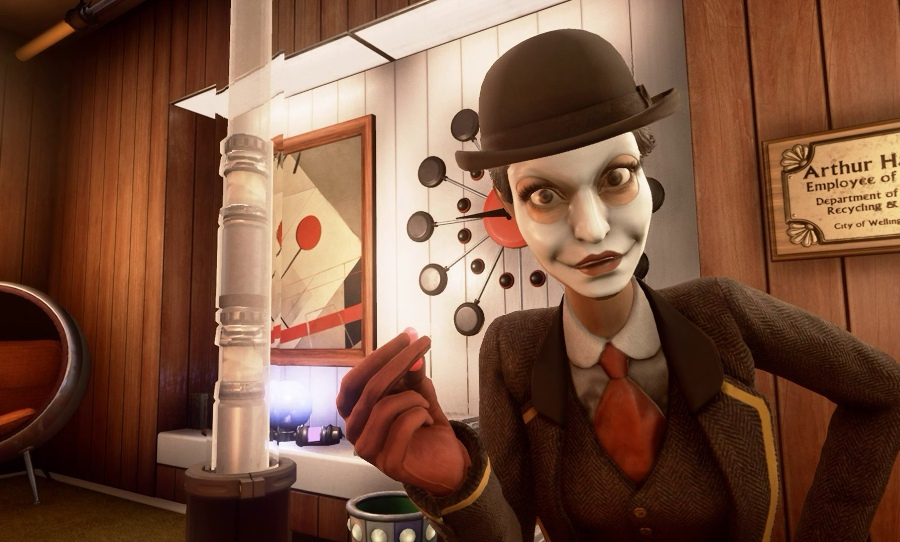
Additionally, We Happy Few was a crowdfunded game, meaning that its development existed because of the contributions made by the community for its creation.
In the act of good faith and extra publicity, Compulsion Games informed the Australian backers that they would refund all contributions made by them if the game didn’t end up released in Australia.
The Board agreed to review their classification, and on July 3rd, they announced that they had reclassified We Happy Few with an R18+ rating.
They still warned consumers of its drug-use mechanic, though, but otherwise cleared the title. It sounds like the Board need to take some Joy Pills, and…yeah, I’ve made this joke already.
8. F.E.A.R 2: Project Origin
F.E.A.R 2: Project Origin was scheduled to release in 2008 but was stopped by the ACB, not getting the MA 15+ rating that it was vying for.
It was rejected because of the high impact of bloody violence. They reported that the moments in the game that stuck out to them were the explicit close range decapitations and copious blood sprays that coated interiors and even the camera lens in some instances. Not too sure what the issue with that is.
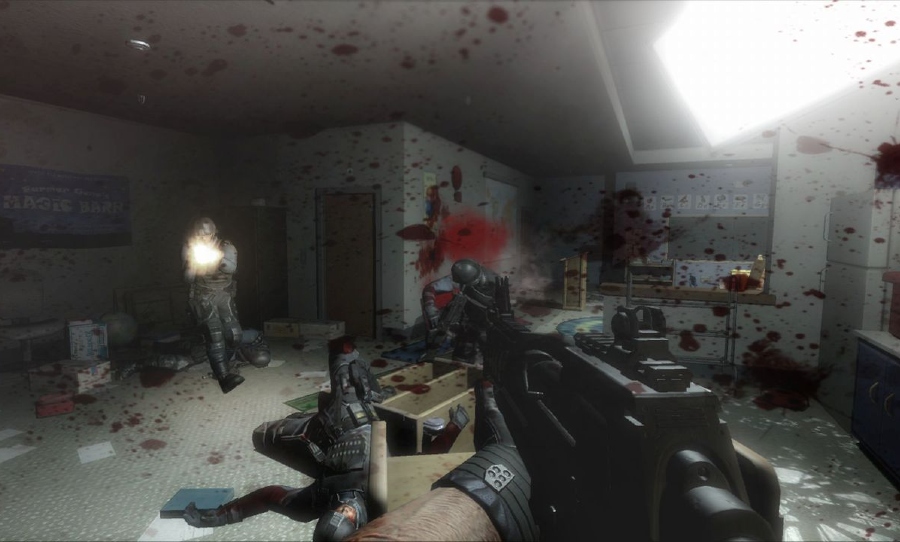
An appeal was submitted and accepted following the argument that the violence was unrealistic, resulting in its release in 2009.
Project Origin is one of the few games whose initial banned was overturned without the game having to be modified.
7. Alien Vs Predator
An early build of the game was submitted for review to the Office of Film and Literature Classification (OFLC) but was denied.
SEGA announced that they would not be editing a version for Australia and appealed the decision.
Even though the game was banned, SEGA continued to push with new trailers and extra promotional content about the title like the ban didn’t even exist.
It was a clever play by them as they were awarded a classification of MA 15+ before its planned release date.
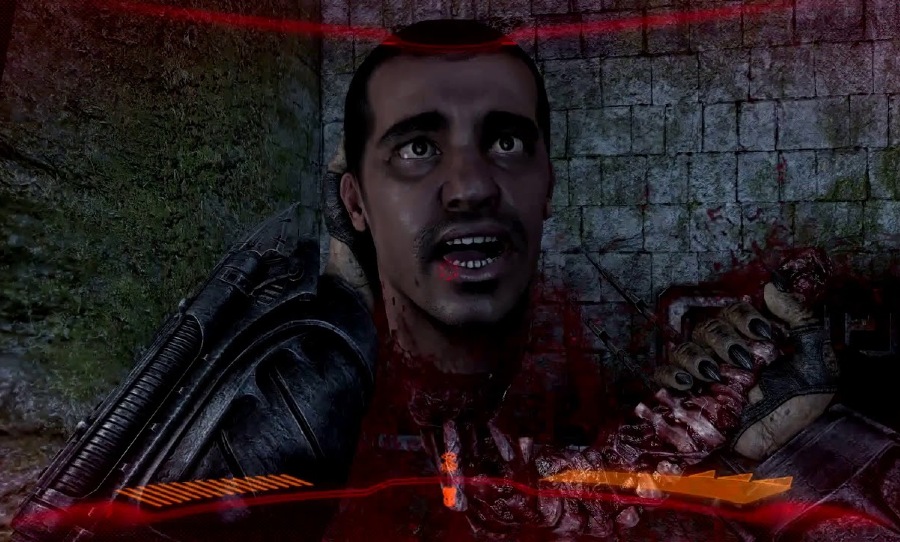
In an interview with Kotaku, SEGA representatives said, “It is with great pleasure that we announce the success of our appeal. We are particularly proud that the game will be released in its original entirety, with no content altered or removed whatsoever.”
6. Disco Elysium: The Final Cut
Initially, Disco Elysium: The Final Cut was not submitted for a rating with the ACB as it would only be released digitally.
Due to the game’s performance and good reviews, a console release was planned, so the title had to be submitted for review.
The Board refused the game classification due to its depiction of sex, drug misuse or addiction, crime, cruelty, and violence, as well as showing “revolting”… “phenomena in such a way that they offend against the standards of morality, decency, and propriety generally accepted by reasonable adults”. They were not holding back on this title.

Developers submitted an appeal resulting in the ban being dropped, reclassifying the game as R18+.
The Board acknowledged that the game “does provide disincentives related to drug-taking behaviour, to the point where regular drug use leads to negative consequences for the player’s progression in the game”.
After everything they said about the game, I find it weird that all they needed to change was that one thing. It was the drug-taking that was the bump in the road.
5. Left 4 Dead 2
Left 4 Dead two was refused classification in Australia by the OFLC because the game showed “realistic, frenetic and unrelenting violence”.
However, the Board didn’t agree entirely, with some believing the game fits the MA15+ rating.
Groups involved were surprised by the classification, and Valve appealed the OFLC’s decision about a week after being notified of the ruling, comparing it to the sequel.
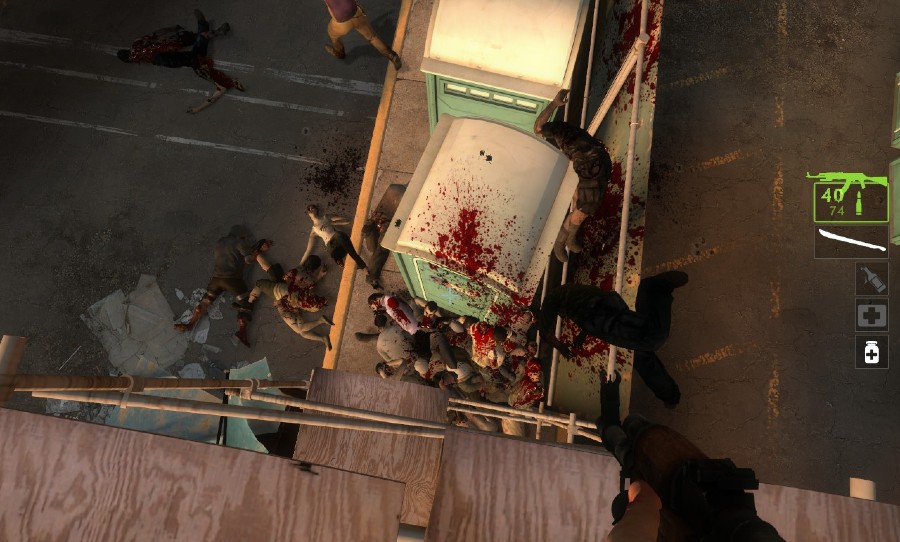
However, as the appeal proceeded normally, Valve later submitted a modified version of the game anyway for classification addressing the concerns of the OFLC.
This version, which no longer contained images of “decapitation, dismemberment, wound detail or piles of dead bodies”, was finally classified as MA15+.
Valve and EA both mentioned that they had hoped to have their preferred, unmodified version classified by the OFLC for release. The Board cited “insufficient delineation between the depiction of zombie characters and the human figures” as one of the critical factors in its classification refusal.
4. Fallout 3
In 2008, for the game to be classified, the offending content in the Australian version had to be removed by Bethesda Softworks and the game resubmitted.
According to the report, the game was refused classification due to the “realistic visual representations of drugs and their delivery method [bringing] the ‘science-fiction’ drugs in line with ‘real-world’ drugs.” A revised version of the game was resubmitted to the Board and reclassified as MA 15+ one month later.
According to the report, the developers did not entirely remove the drug content from the revised version of the game, but the animation showing the usage of the drugs was removed.
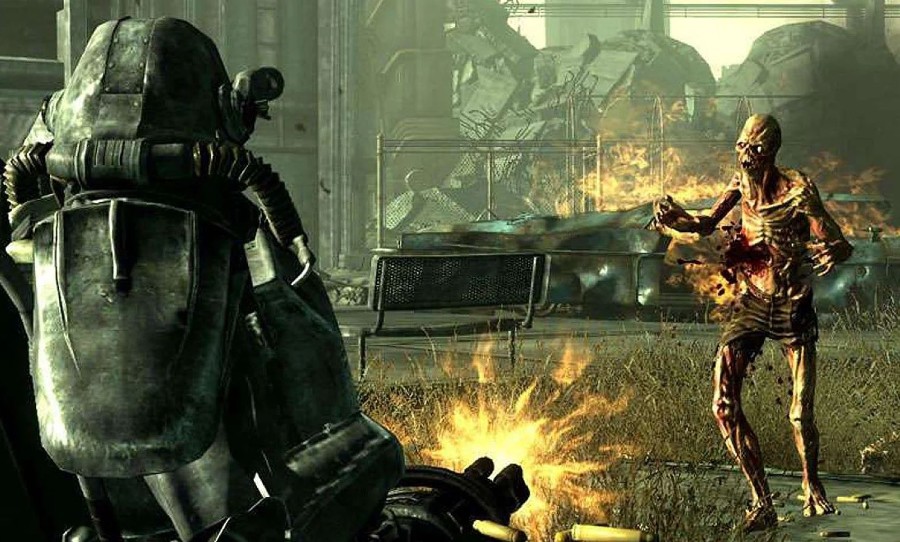
The minority view or the people voting against the decision stated that the drug content was still enough to warrant a refused classification rating.
In a later interview with UK gaming magazine Edge, Bethesda Softworks clarified that the only actual change made was that morphine would instead be renamed to the more generic Med-X.
That was it. After everything that went through, the only issue was that they used the word morphine.
3. Outlast 2
About a month before release, the ACB refused to grant Outlast 2 an R18+ rating citing that the game depicts “sexual violence”.
After a few days, the Board reversed its decision without any modifications and rated the game as R18+, which surprised many.
In a statement provided to IGN, the studio explained that “The original submission of Outlast 2 sent to the ACB contained the final game code and a video file for reference taken from an Alpha version of the game”. “This video file should not have been sent along with the game code, as its content was not representative of the final game.”
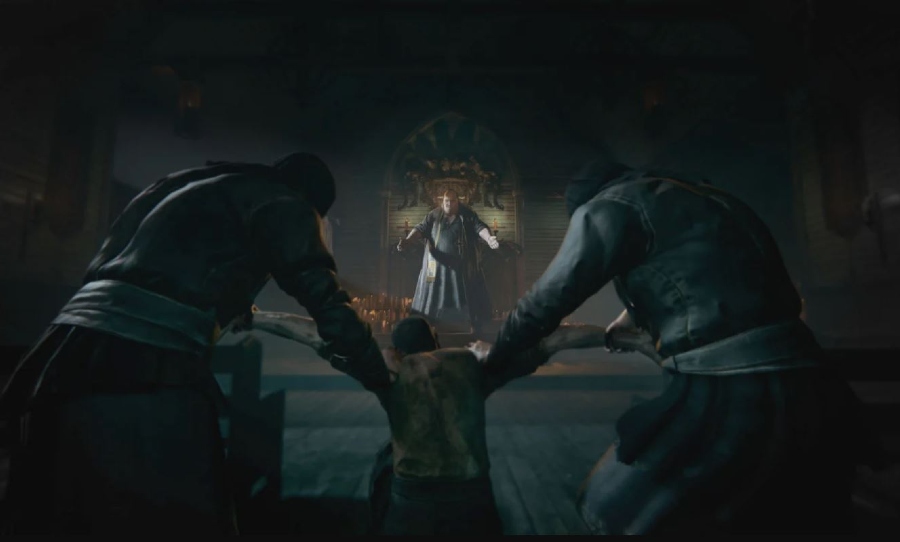
“In the second submission, the same game code was submitted with a [new] video file reflecting the final game content. The game was then approved for release with an R18+ rating.”
After reading a comprehensive breakdown of the scene, I agree with the Board’s decision not to classify the game. I feel sorry for the person that submitted the wrong video file to the classifications board for this game.
2. Mortal Kombat
In 2011, the game was refused classification due to “violence that exceeds strong in impact”. This resulted in all retail outlets removing their existing signage and cancelling all preorders made for the game.
Warner Bros. unsuccessfully appealed the decision to the ACB, who ruled “the impact of the violence in Mortal Kombat is higher than strong and thus could not be accommodated within the MA15+ classification.”
In 2013, following the introduction of an R18+ classification, the Komplete Edition of Mortal Kombat was released uncensored on May 1st.
1. Grand Theft Auto: San Andreas
The game released in 2004 originally had a classification of MA15+, but the ACB later revoked this due to the Hot Coffee controversy. But Nate, what is the Hot Coffee controversy. Why, thanks for asking internet users.
Hot Coffee is an unofficial name for a minigame in GTA: San Andreas. The minigame is not playable through normal means; the game must be modded. When enabled, “Hot Coffee” allows players, as protagonist “CJ”, to have animated sex with an in-game girlfriend.
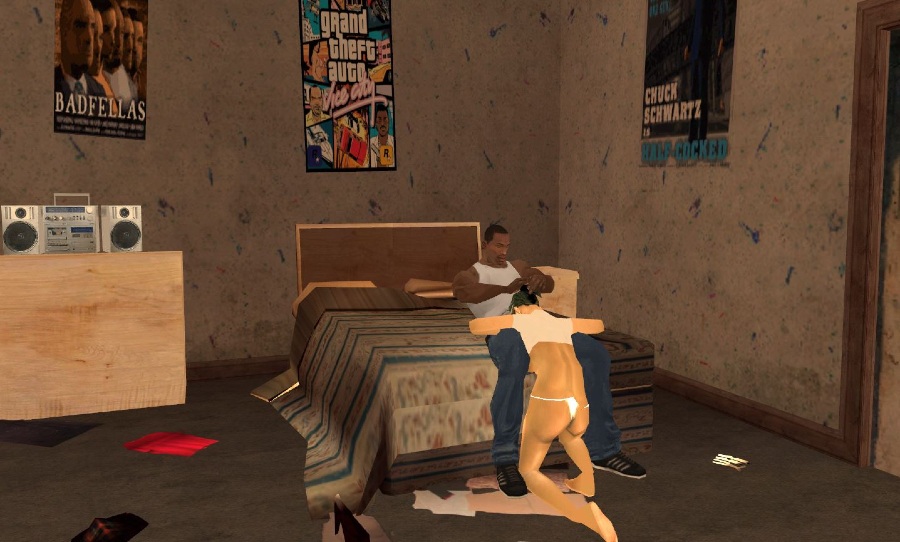
“Hot Coffee” was initially included in San Andreas as part of the boundary-pushing vision that Rockstar North had for the GTA games. Before release, a Rockstar operations director warned them that explicit sexual content would likely give the game a higher classification, harming retail sales. What a hunch.
However, the minigame could not be entirely removed, so developers hid the content from players using cutscenes, but it didn’t work. Data miners discovered the content after San Andreas was released for the PlayStation 2 and later confirmed its existence when the Windows version was released in 2005. The game was then edited worldwide, removing the scene entirely, and the ACB reinstated the MA15+ classification.
I hope we don’t have any issues getting a classification for GTA 6 whenever it decides to come out!
That’s it for this list! What did you think about the order and the games we discussed? Let us know!
